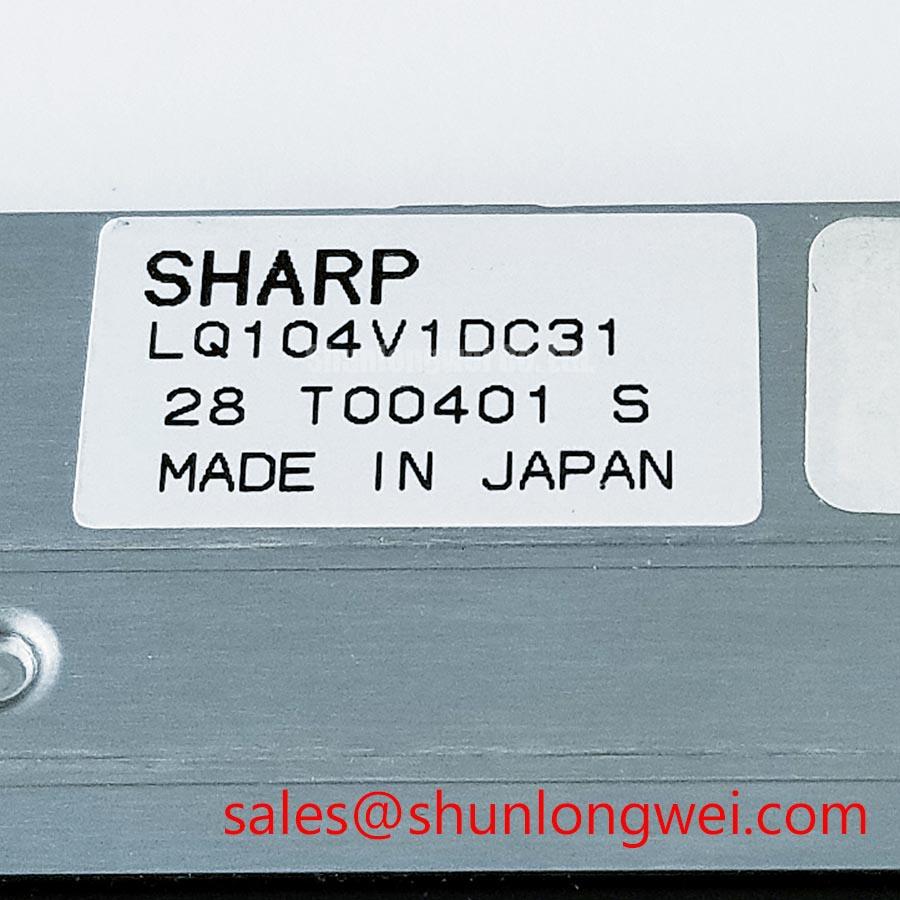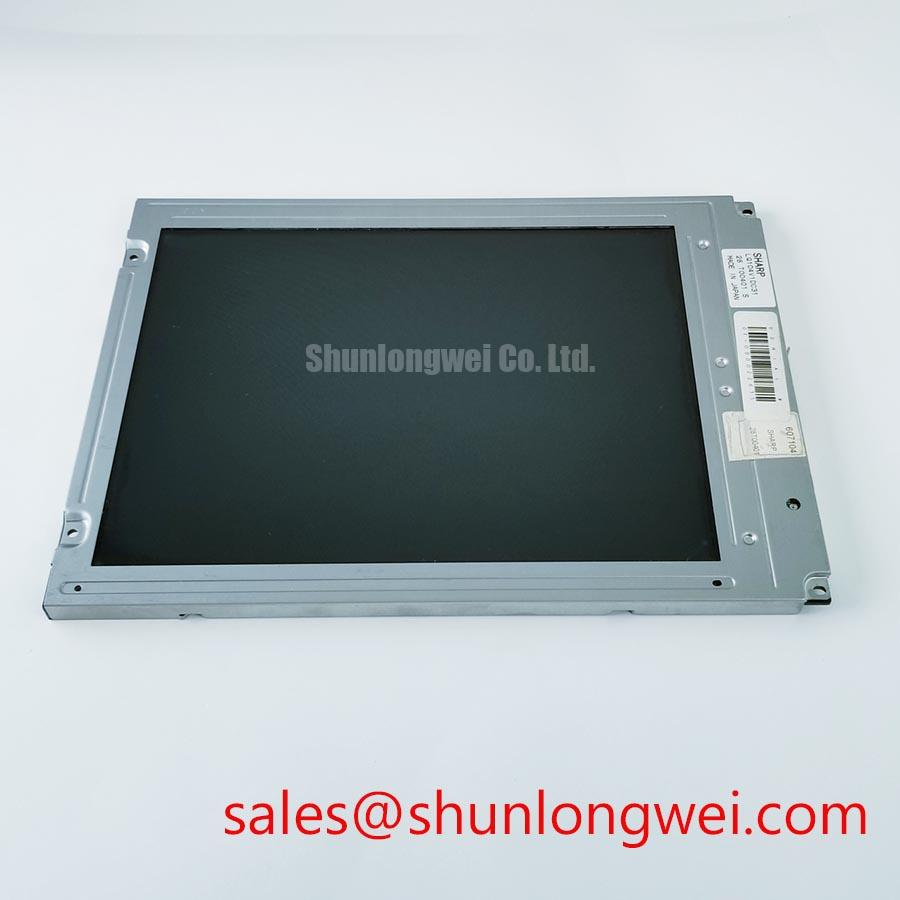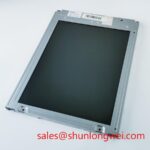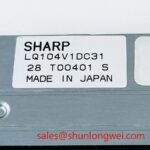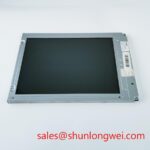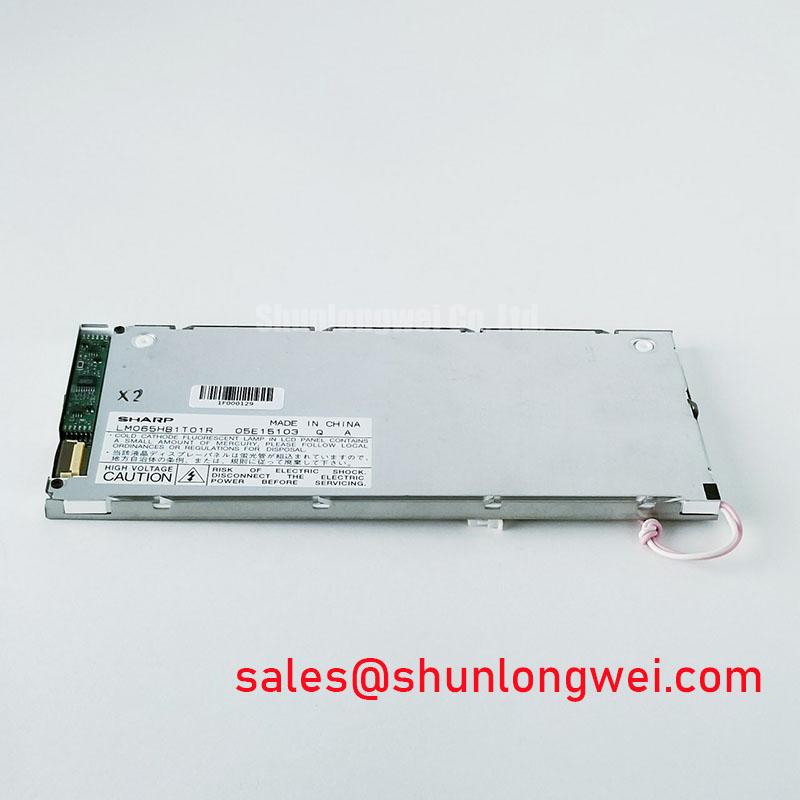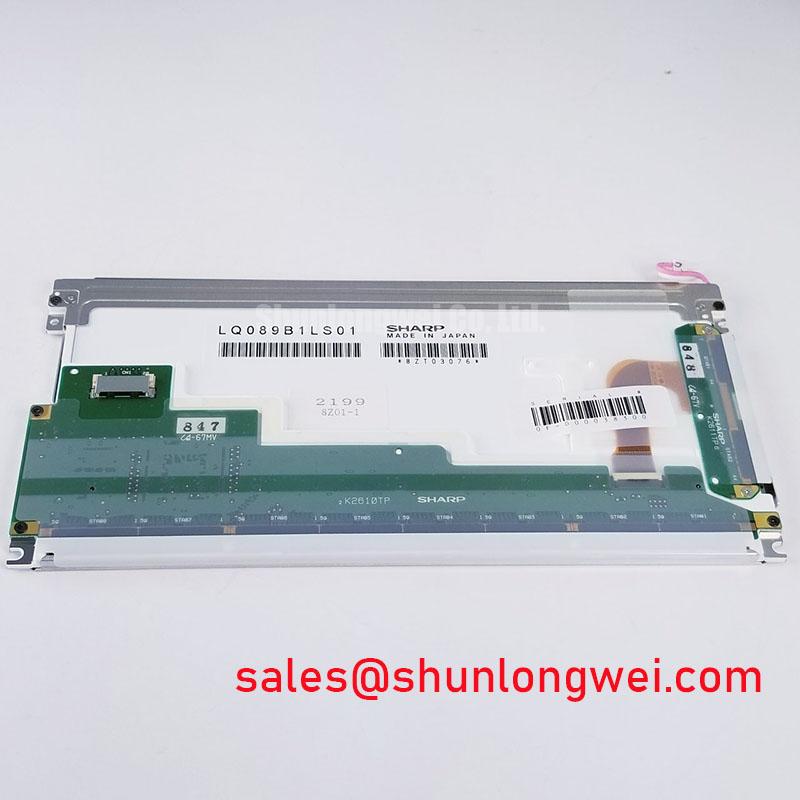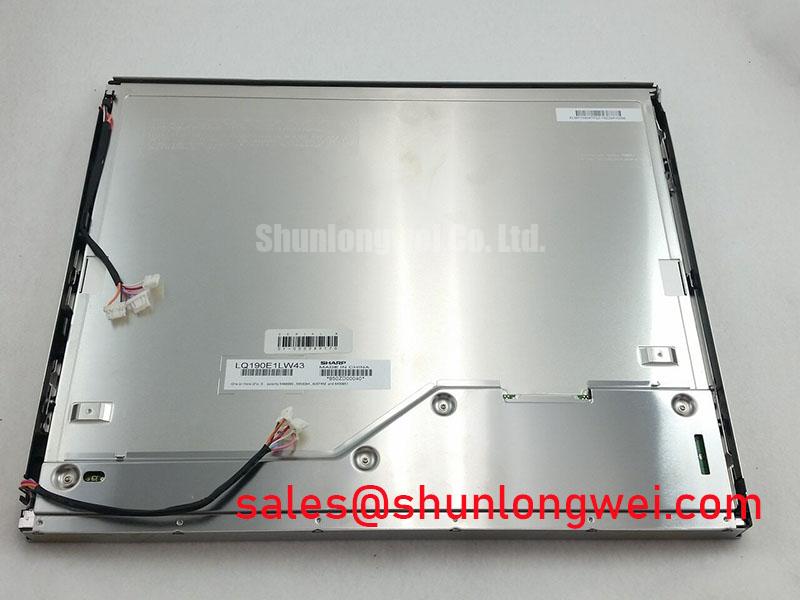Content last revised on November 18, 2025
LQ104V1DC31: Robust 10.4-inch SVGA TFT-LCD for Industrial HMI Applications
Engineering Analysis of the Sharp LQ104V1DC31 for System Integration and Long-Term Reliability
The Sharp LQ104V1DC31 is a 10.4-inch a-Si TFT-LCD module engineered for exceptional visual performance and durability in demanding industrial environments. Delivering a balanced combination of resolution, brightness, and a wide operating temperature range, this display provides a reliable and cost-effective solution for Human Machine Interface (HMI), process control, and instrumentation systems. Its core design prioritizes readability and long-term operational stability, directly addressing the challenges of factory automation and legacy system integration. For industrial HMIs requiring proven SVGA compatibility and operational reliability in fluctuating temperatures, the LQ104V1DC31 is a strategically sound choice.
Application Scenarios & Value
System-Level Benefits in Industrial Control and Automation
The LQ104V1DC31 is purpose-built for applications where clear data presentation and operational uptime are non-negotiable. Its value is most evident in legacy system upgrades and new designs for industrial machinery, measurement instruments, and factory automation control panels. The native SVGA (800x600) resolution serves as a critical asset for system integrators, enabling direct, form-fit-function replacement of older displays without the need for costly software or hardware re-engineering of the host system's graphics controller.
Consider a common engineering challenge: upgrading the operator interface on a CNC milling machine or a PLC-based control system originally designed over a decade ago. The LQ104V1DC31's standard resolution and interface allow for a seamless upgrade, extending the life of valuable capital equipment. Its robust operating temperature range of -10°C to 70°C ensures consistent performance whether the machinery is in a cold-start condition in an unheated facility or operating under high thermal load. What is the primary benefit of its wide temperature range? It ensures predictable performance and display longevity in environments without climate control. For systems requiring a similar form factor but perhaps different interface specifications, the G104S1-L01 presents another option for evaluation.
Key Parameter Overview
Decoding the Specs for Environmental Resilience and Visual Clarity
The technical specifications of the LQ104V1DC31 are centered on delivering reliable visual performance in typical industrial settings. The parameters below highlight its suitability for applications where readability and durability are paramount.
| Feature | Specification | Engineering Implication |
|---|---|---|
| Display Technology | 10.4-inch Diagonal a-Si TFT-LCD | Proven technology for industrial-grade reliability and color reproduction. |
| Resolution | SVGA (800 x 600 pixels) | Ensures backward compatibility with a vast installed base of industrial software and controllers. |
| Luminance | 230 cd/m² (typ.) | Provides sufficient brightness for typical indoor industrial and control room environments. |
| Contrast Ratio | 500:1 (typ.) | Delivers sharp, clear differentiation between text, graphics, and backgrounds, reducing operator error. |
| Viewing Angles (H/V) | 120° / 100° (typ.) | Allows for clear off-axis viewing, a critical feature for large machinery where operators may not be directly in front of the screen. |
| Operating Temperature | -10°C to +70°C | Guarantees stable operation in non-climate-controlled settings like factory floors and warehouses. |
| Surface Treatment | Anti-glare | Minimizes distracting reflections from overhead lighting, improving readability and reducing eye strain. |
| Signal Interface | CMOS (1 ch, 6-bit) | A common interface that simplifies integration with many embedded controllers and single-board computers. |
Download the LQ104V1DC31 datasheet for detailed specifications and performance curves.
Application Vignette
Enhancing Operator Accuracy in a High-Glare Factory Environment
A manufacturer of precision parts faced a persistent issue with operator errors on their metal stamping press line. The existing HMI panels, equipped with standard consumer-grade displays, were highly susceptible to glare from high-bay fluorescent lighting. This forced operators to constantly change their viewing position, leading to misinterpretation of critical setup parameters and causing production delays and material waste. The challenge was to find a display solution that could be retrofitted into the existing panel enclosures and provide immediate visual clarity without a complete system overhaul.
The integration of the LQ104V1DC31 provided a direct and effective solution. The display's anti-glare surface treatment was the first line of defense; it effectively diffuses specular reflections from overhead light sources, transforming sharp, distracting glints into soft, manageable light. This alone significantly improved the screen's legibility. This benefit was amplified by the 500:1 contrast ratio, which ensured that numerical values and status indicators remained crisp and distinct even under bright ambient light. What defines the best use case for this panel? Any indoor industrial HMI where ambient light compromises data integrity. The result was a measurable decrease in data entry errors and a smoother, more efficient workflow, directly contributing to improved productivity and reduced operational costs.
Frequently Asked Questions (FAQ)
How does the -10°C to 70°C operating temperature range of the LQ104V1DC31 benefit industrial applications?
This wide temperature range ensures the display operates reliably without performance degradation in environments that lack heating or air conditioning, such as warehouses, factory floors, or enclosed machine cabinets that experience significant temperature swings. It eliminates the need for auxiliary heating or cooling systems for the display itself, simplifying system design and lowering the total cost of ownership.
What is the primary advantage of the SVGA (800x600) resolution for system integrators?
The SVGA resolution is a de facto standard for many legacy industrial control systems and PLC interfaces. By matching this native resolution, the LQ104V1DC31 allows for a "drop-in" replacement of older, failing displays without requiring costly and time-consuming modifications to the host system's software, firmware, or graphics drivers. This dramatically simplifies maintenance and upgrade cycles.
How does the anti-glare surface of the LQ104V1DC31 improve operator efficiency?
The anti-glare surface scatters ambient light rather than reflecting it directly back at the viewer. In a typical factory setting with overhead lighting, this minimizes specular reflections that can obscure parts of the screen. This leads to faster information acquisition, reduced cognitive load, less eye strain for the operator, and a quantifiable reduction in data interpretation errors over a long shift.
Is the 230 nit brightness sufficient for industrial use?
For its intended application in indoor industrial control and instrumentation, a typical brightness of 230 cd/m² (nits) is entirely adequate. This level provides clear visibility under standard factory and control room lighting. While not designed for direct sunlight readability, it strikes a balance between performance, power consumption, and thermal output, which are critical factors in enclosed industrial HMIs.
Strategic Integration for Long-Term Value
Selecting the LQ104V1DC31 is a strategic decision that prioritizes system longevity and operational reliability over headline specifications. Its adherence to the established SVGA standard provides a crucial pathway for extending the service life of existing industrial assets, protecting capital investment. For engineers and procurement managers focused on total cost of ownership, this display offers a compelling blend of proven performance, environmental robustness, and integration simplicity, making it a foundational component for building and maintaining dependable industrial interfaces.


